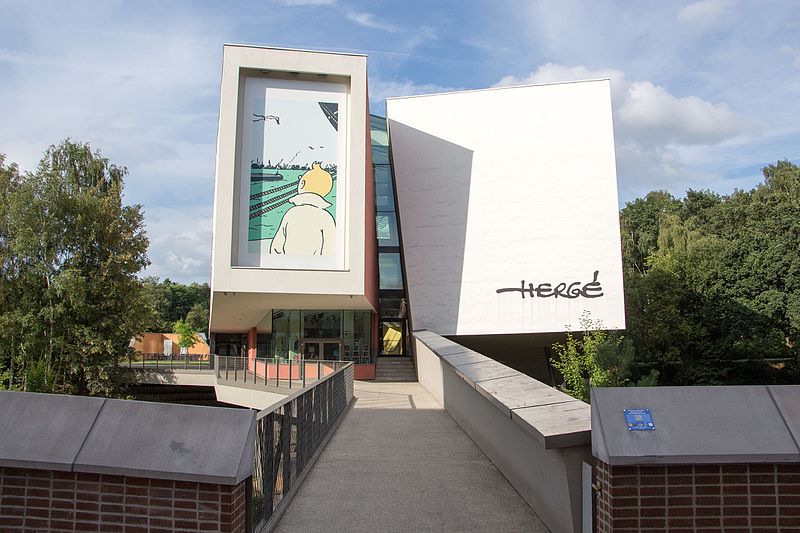
A journey to Linked Open Touristic Data
Abstract:
Touristic information lends itself perfectly to be rendered and consumed as linked open data. Because typically touristic data are generated by different stakeholders and are distributed and enriched to be reused, in as much as possible contexts and apps and by as much as possible tourists and touristic agencies. We exemplify why linked data must become the native format in the processes of every cultural agency and not just ‘the last step before publishing” as it is still too often conceived.
Typical scenarios when planning or experiencing a touristic tour start with searching a location (e.g. a city or region) or a theme (e.g. World War I). Users want to receive suggestions, hints and explanations about their search, and most often, they also want to capture their experience in a photo or log, add a comment or appreciation and share with family or friends. For this we are dependent on search engines, thematic websites, touristic folders, travel guides, and well-known closed platforms for travelling or the social media. The data itself may have an open license but its presentation is mostly proprietary or in a closed platform, and mostly not linked.
Like in so many other domains we see data is constantly made open, however the day-to-day use of linked open data remains suboptimal and deplorably low, even where linking is as valuable as in the touristic sector. Through our services to touristic agencies in Flanders, we at TenForce have witnessed again and again how the mainstream approach to data management has not evolved with the promise of linked open data governance.

The secluded state of linked open data publishing will persist as long as the data generation and distribution process is not anchored in native linked data, both in general and also in tourism. Typically, touristic data is generated through different editing processes that contribute to its quality and enrichment. However, this data is treated and managed within one or more isolated content management system(s), where editors typically work in function of a web or paper publication, such as TripAdvisor or Lonely Planet.
If there is a linked data publication, it only comes in at the end of the process. Of course, such a setup prevents that the data is intrinsically linked. The description of the Hergé Museum in Louvain-la-Neuve, for example, features its location and opening hours but is not linked to the Unique Reference Identifier of its location or to illustrating material. Its descriptors are also not formatted according to computer-recognisable metadata. This absence cripples any intelligent reuse of the data in an application that can bring added value to a tourist’s explorations or searches. In these instances, the user would appreciate suggestions like e.g. other points of interest near the Hergé Museum, the existence of the Belgian Comic Art Center in Brussels or the proximity of the Lion's Mound. Today, such valuable services seem only possible in closed applications.
To migrate out of the current dead lock requires a paradigm shift at the data generation side. We should move from a data generation, governed in silos, towards data editing that is open and linked. This paradigm shift has 2 dimensions: a change in people’s mindset and a change in tooling. The professionals aggregating and editing touristic data should move their perspective one step further towards digital reuse in the first place. Editing in function of websites or folders must become secondary. We are convinced that this shift can and is made easy when people receive the proper tooling. When people see and experience the functionality of linked data on their own workbench they will commit to it, just as they did, for example, when they experienced the usability of digital photographs. The real added value is only uncovered in use. TenForce successfully implemented data management systems that natively register and process linked data and which link this data at the source. When data generation and aggregation is done in such a linked eco-system, we see a boost in the data output’s efficiency and consistency, in addition to its more proficient re-use. In our presentation we will illustrate some cases.
just as they did, for example, when they experienced the usability of digital photographs. The real added value is only uncovered in use. TenForce successfully implemented data management systems that natively register and process linked data and which link this data at the source. When data generation and aggregation is done in such a linked eco-system, we see a boost in the data output’s efficiency and consistency, in addition to its more proficient re-use. In our presentation we will illustrate some cases.



Share